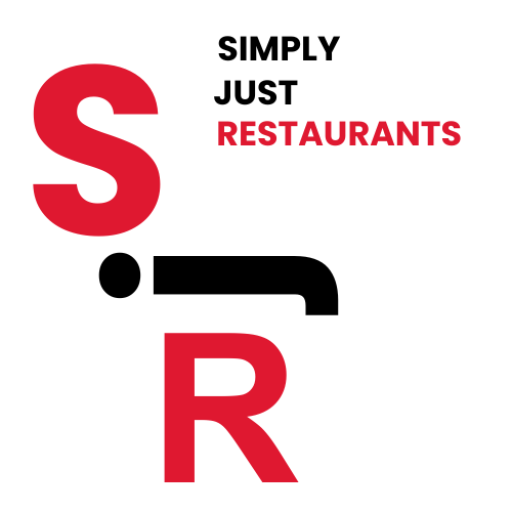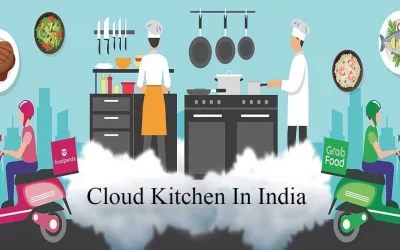- Part 1: Restaurant Menu Optimization Consultants for Higher Profits in 2024
- Introduction
- The Evolving Restaurant Landscape in 2024
- Why Menu Optimization Matters for Restaurant Success
- The Role of Restaurant Consultants in Menu Optimization
- How Restaurant Consultants Approach Menu Optimization in 2024
- Benefits of Working with Restaurant menu optimization For Consultants
- Part 2:A Deep Dive into Restaurant Consultant Services for Menu Optimization
- Specific Services Offered by Restaurant Consultants for Menu Optimization
- Menu Engineering Techniques Employed by Restaurant Consultants
- Leveraging Data Analytics for Menu Optimization in 2024 Awareness
- Menu Design and Layout Optimization for Increased Sales
Part 1: Restaurant Menu Optimization Consultants for Higher Profits in 2024
Introduction
The Restaurant menu optimization faces continuous evolution driven by changing consumer preferences, emerging culinary trends, and economic pressures. In 2024, navigating these challenges is crucial for success, and restaurant consultants have become essential allies in this process.
These experts specialize in restaurtant menu optimizing various aspects of restaurant operations, with a particular focus on menu design and profitability. By leveraging their deep industry knowledge, consultants help restaurants analyze and refine their menus, implement cost-saving measures, and introduce innovative dishes that cater to current trends.
This results in increased sales, improved customer satisfaction, and higher profit margins, ensuring sustainable growth in a competitive market.

The Evolving Restaurant Landscape in 2024
The restaurant landscape in 2024 is shaped by rapid technological advancements, changing consumer behaviors, and heightened competition. Digital transformation continues to influence how restaurants operate, with an increasing emphasis on online ordering platforms, delivery services, and AI-driven customer interactions. Consumers now prioritize convenience, speed, and personalized experiences, driving the adoption of digital menus, contactless payments, and virtual dining experiences.
Health and sustainability are paramount concerns, prompting restaurants to offer more plant-based and locally sourced options. Transparency about ingredients and ethical sourcing practices has become a significant factor influencing consumer choices. Furthermore, the rise of social media and digital marketing has amplified the importance of online reputation management and customer engagement strategies.
Economically, restaurants face challenges such as fluctuating food costs, labor shortages, and regulatory changes, requiring agile business strategies to maintain profitability. Those that adapt by embracing technology, catering to evolving consumer preferences, and optimizing operational efficiencies through strategic consulting are poised to thrive in this dynamic and competitive landscape of 2024.
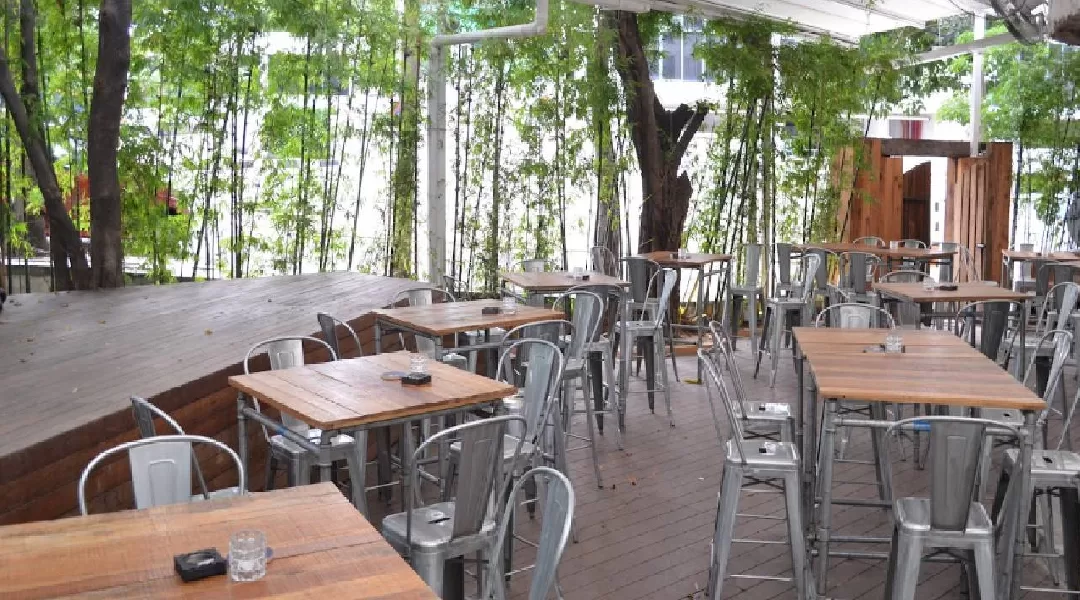
Why Menu Optimization Matters for Restaurant Success
Restaurant menu optimization is crucial for restaurant success as it directly impacts various aspects of business operations and customer satisfaction. Firstly, optimizing the menu enhances profitability by identifying high-margin items and improving cost management through efficient ingredient sourcing and portion control. This strategic approach minimizes waste and maximizes revenue per customer visit.
Secondly, menu optimization enhances customer satisfaction by catering to diverse preferences and dietary needs. A well-designed menu not only showcases enticing dishes but also provides clear information about ingredients and allergens, thereby enhancing transparency and trust.
Moreover, menu optimization improves operational efficiency by streamlining kitchen processes and inventory management. By focusing on popular and profitable items, restaurants can reduce preparation time and complexity, leading to faster service and better consistency in food quality.
Lastly, in a competitive market, an restaurant menu optimization helps restaurants differentiate themselves, attract new customers, and retain existing ones. By staying attuned to culinary trends and customer preferences, restaurants can continuously refresh their offerings to stay relevant and maintain customer interest.
In essence, restaurant menu optimization is not just about maximizing profits but also about creating a positive dining experience that keeps customers coming back, ensuring long-term success in the dynamic and evolving restaurant industry.
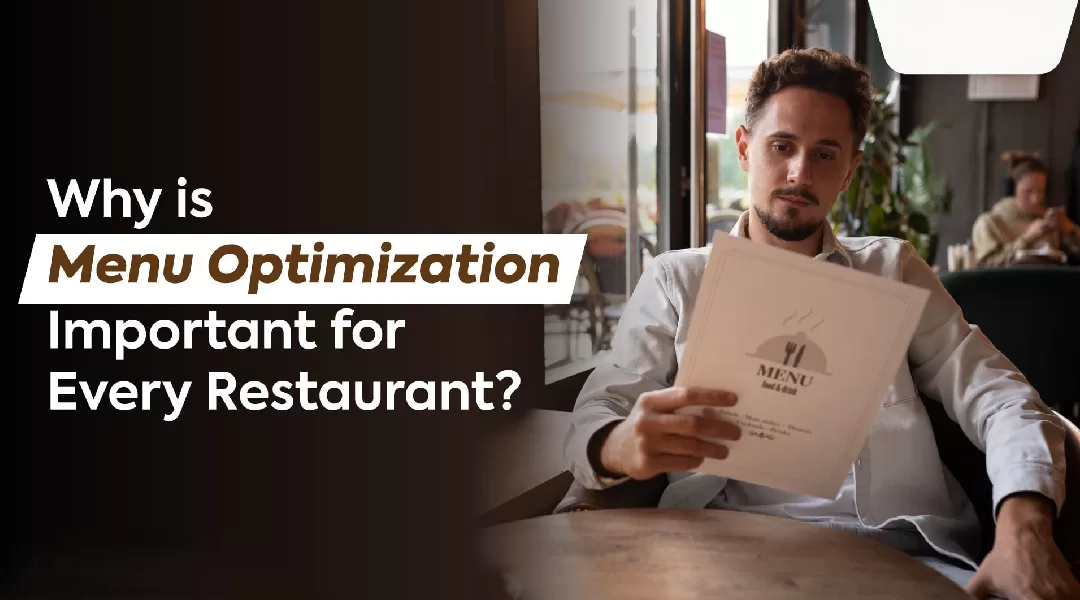
The Role of Restaurant Consultants in Menu Optimization
Restaurant consultants play a pivotal role in menu optimization, leveraging their expertise to enhance a restaurant’s profitability and customer appeal. They start by conducting a comprehensive analysis of the existing menu, identifying high and low-performing items based on sales data and profit margins. This analysis helps pinpoint opportunities for improvement, such as promoting high-margin dishes or removing underperforming ones.
Consultants also bring valuable insights into current culinary trends and consumer preferences, advising on new and innovative dishes that can attract and retain customers. They help redesign the menu layout to strategically highlight profitable items, using principles of menu engineering to influence customer choices.
Cost management is another critical area where consultants excel. They assess ingredient sourcing, recommend cost-effective alternatives, and implement portion control measures to reduce waste and expenses. Additionally, they ensure the menu caters to diverse dietary needs, enhancing its appeal to a broader audience.
Beyond the menu itself, consultants improve overall customer experience through enhanced menu descriptions and visually appealing presentations. By providing clear information about ingredients, allergens, and nutritional values, they meet the growing demand for transparency and health-conscious dining.
In essence, restaurant consultants are instrumental in transforming menus to align with market trends, optimize costs, and enhance customer satisfaction, driving the restaurant’s success.
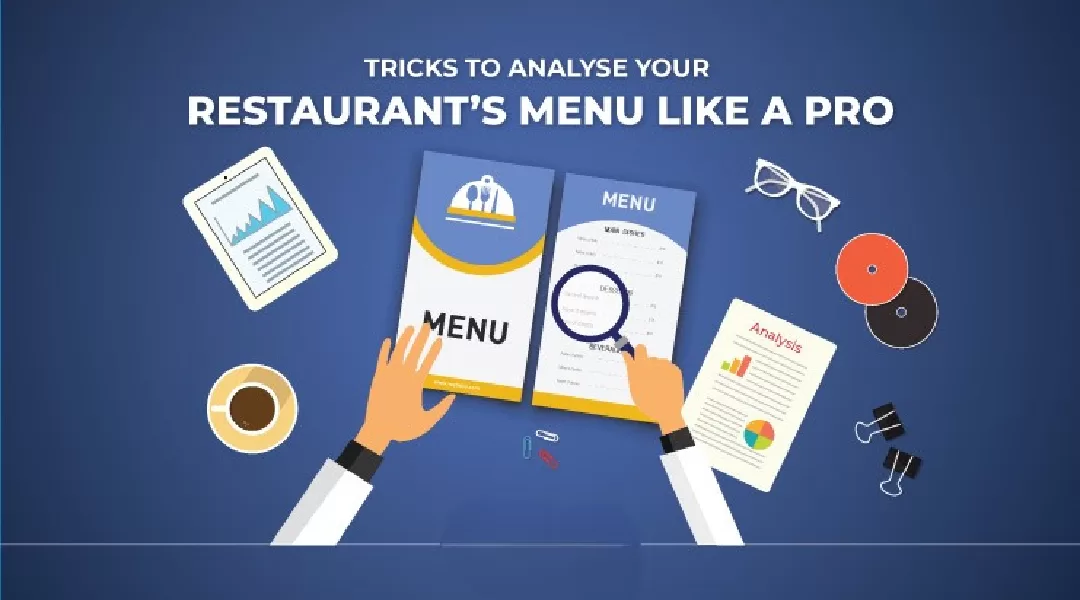
How Restaurant Consultants Approach Menu Optimization in 2024
In 2024, restaurant consultants adopt a multi-faceted approach to menu optimization, integrating advanced analytics, industry trends, and operational efficiencies.
Data-Driven Analysis: Consultants start with a detailed examination of sales data, food costs, and customer feedback. By leveraging AI and machine learning tools, they identify high-margin items and underperforming dishes, providing a clear picture of what works and what doesn’t.
Menu Engineering: Using principles of menu psychology, consultants strategically redesign the menu layout. This includes placing high-profit items in prominent positions, using descriptive language, and adding enticing visuals to influence customer choices.
Cost Management: Consultants evaluate ingredient costs and sourcing options. They may suggest bulk purchasing, local sourcing, or alternative ingredients to reduce costs without compromising quality. Portion control strategies are also implemented to minimize waste and maintain consistency.
Culinary Innovation: Staying abreast of culinary trends, consultants recommend incorporating trendy, health-conscious, or seasonal dishes. This keeps the menu fresh and appealing to a broad audience, catering to evolving consumer preferences.
Customer Experience: Enhancing menu descriptions and providing clear dietary and allergen information improve customer satisfaction. Consultants also consider digital solutions like interactive online menus and QR code integrations for a seamless dining experience.
Through this comprehensive approach, restaurant menu optimization consultants help establishments menus to boost profitability, operational efficiency, and customer satisfaction.
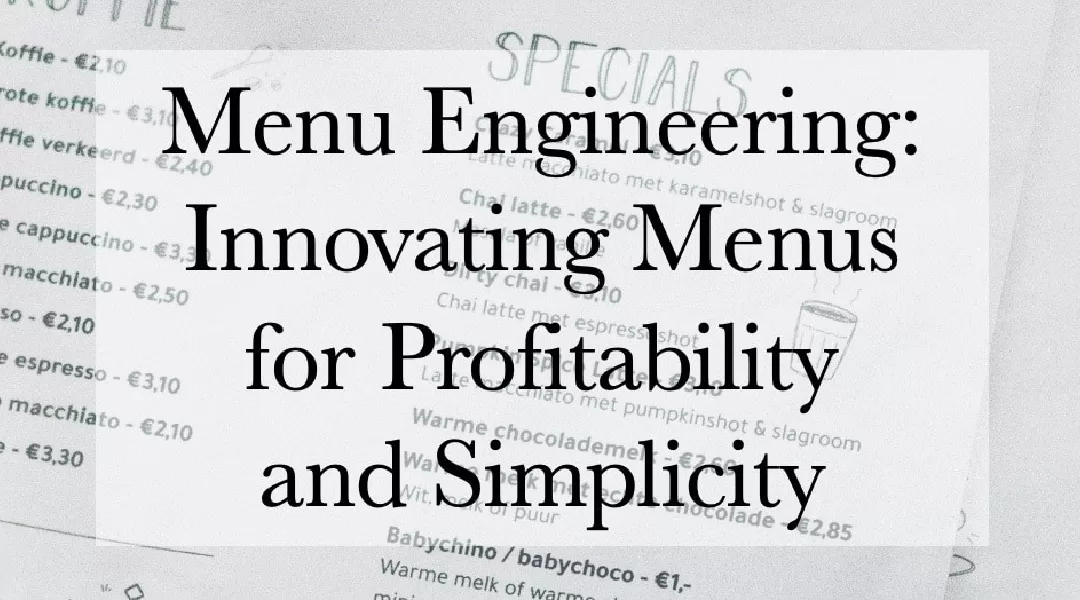
Benefits of Working with Restaurant menu optimization For Consultants
Working with restaurant consultants for menu optimization offers several significant benefits that contribute to overall business success. Firstly, consultants bring specialized expertise in analyzing sales data, identifying high-margin items, and streamlining operational efficiencies. This data-driven approach helps restaurants make informed decisions about menu design, pricing strategies, and inventory management, ultimately enhancing profitability.
Secondly, consultants provide valuable insights into consumer trends and preferences, ensuring menus are tailored to meet the evolving demands of customers. By recommending innovative dishes, dietary options, and seasonal specials, consultants help restaurants attract a broader customer base and enhance customer satisfaction.
Additionally, consultants bring an objective perspective and industry knowledge that can uncover areas for improvement and cost savings. They often implement menu engineering techniques to strategically position profitable items and optimize menu layout for maximum impact.
Furthermore, collaborating with consultants allows restaurant staff to focus on core operations while leveraging external expertise to fine-tune menu offerings. This partnership fosters continuous improvement and adaptation to market trends, positioning the restaurant menu optimization competitively in a challenging industry landscape.
Ultimately, working with restaurant menu optimization consultants not only boosts financial performance but also strengthens operational efficiency, customer engagement, and market positioning, making it a valuable investment for long-term success.
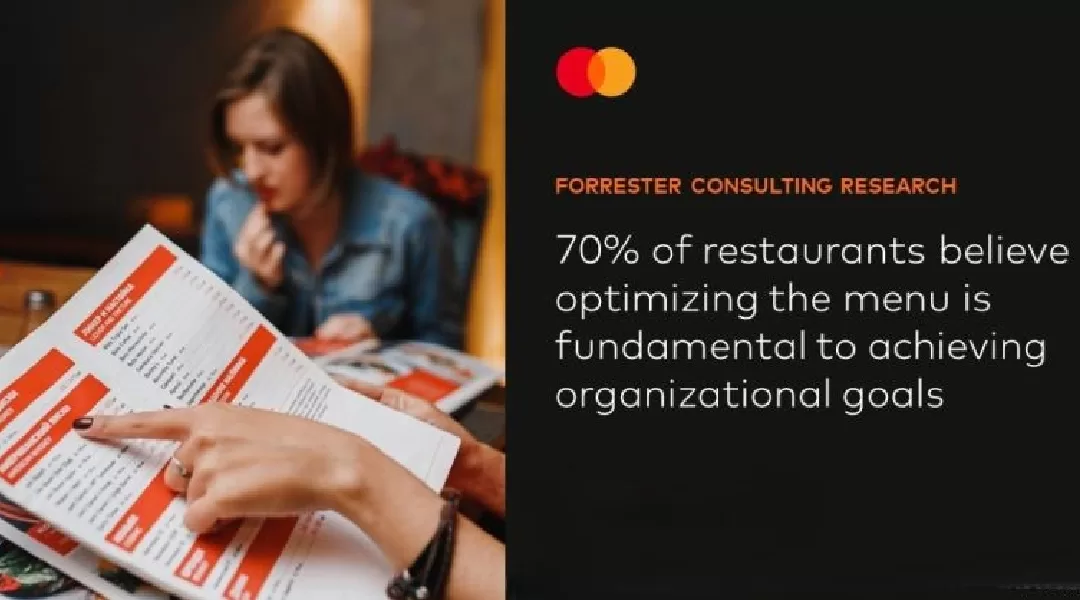
Part 2:A Deep Dive into Restaurant Consultant Services for Menu Optimization
In the fiercely competitive restaurant industry, menu optimization is a key driver of profitability and customer satisfaction. Restaurant consultants, armed with industry expertise and advanced analytical tools, provide invaluable services that help establishments refine their menus for maximum impact.
These specialists delve deep into every aspect of menu design, from analyzing sales data and customer preferences to implementing cost-saving measures and leveraging culinary trends. Their comprehensive approach not only enhances the visual appeal and functionality of menus but also aligns offerings with market demands and operational efficiencies.
By collaborating with restaurant consultants, restaurant menu optimization can strategically highlight high-margin items, introduce innovative dishes, and streamline ingredient sourcing and portion control.
This deep dive explores the array of services provided by restaurant consultants, emphasizing how their insights and strategies can transform menus into powerful tools for driving sales, improving customer experiences, and achieving long-term success in a dynamic market.
Through case studies and detailed analyses, we will illustrate the tangible benefits of menu optimization and underscore the crucial role that consultants play in helping restaurants navigates the complexities of modern dining preferences and economic pressures.
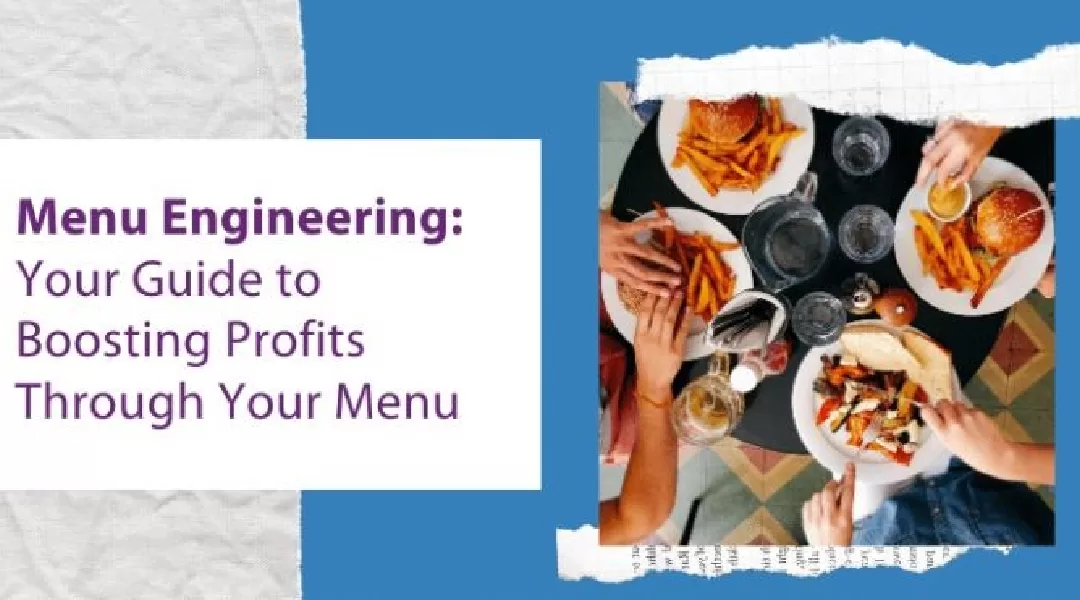
Specific Services Offered by Restaurant Consultants for Menu Optimization
Restaurant menu optimization consultants offer a comprehensive suite of services to optimize menus, tailored to enhance profitability and customer satisfaction.
Data Analysis and Menu Engineering: Consultants begin with a thorough analysis of sales data, food costs, and customer preferences. They identify high-margin items and underperforming dishes, using menu engineering techniques to strategically redesign the menu. This includes optimal item placement, using descriptive language, and adding appealing visuals to influence customer choices.
Cost Management and Ingredient Sourcing: Consultants evaluate current ingredient costs and sourcing methods. They suggest cost-effective alternatives, bulk purchasing, and local sourcing options to reduce expenses without sacrificing quality. Implementing portion control strategies further minimizes waste and ensures consistency.
Culinary Innovation and Trend Integration: Staying updated on culinary trends, consultants recommend incorporating popular, health-conscious, or seasonal dishes. This keeps the menu fresh and appealing, attracting a diverse customer base and retaining regular patrons.
Menu Layout and Design: Consultants improve the visual appeal and functionality of menus. They design layouts that highlight high-profit items, enhance readability, and provide clear dietary and allergen information, catering to health-conscious customers.
Training and Implementation: Consultants provide staff training on new menu items and portion control, ensuring smooth implementation and consistent quality. They also offer ongoing support to adapt to market changes and continuously improve menu offerings.
By offering these specialized services, restaurant consultants help establishments optimize their menus, boost profitability, and enhance the overall dining experience

Menu Engineering Techniques Employed by Restaurant Consultants
Menu engineering is a strategic approach used by restaurant consultants to optimize menus for profitability and customer satisfaction. By employing various analytical and psychological techniques, consultants can design menus that highlight high-margin items and enhance the overall dining experience.
Profitability and Popularity Analysis: Consultants begin by categorizing menu items into four groups based on profitability and popularity: Stars (high profit, high popularity), Plowhorses (low profit, high popularity), Puzzles (high profit, low popularity), and Dogs (low profit, low popularity). This analysis helps in making data-driven decisions about which items to promote, modify, or remove.
Menu Layout Optimization: Strategic placement of items is crucial. High-margin items are positioned in prime locations, such as the top right corner or center of the menu, where customers’ eyes naturally gravitate first. Consultants use design elements like boxes, bold fonts, and icons to draw attention to these profitable items.
Descriptive Language and Imagery: Using enticing descriptions and high-quality images can significantly influence customer choices. Consultants craft descriptions that emphasize unique ingredients, preparation methods, and sensory appeal. Attractive visuals of signature dishes further entice customers to order these items.
Pricing Strategies: Effective pricing strategies include charm pricing (e.g., $9.99 instead of $10) and price bundling (offering meal combinations at a discounted rate). These techniques make prices appear more attractive and encourage higher spending. Consultants also use price anchoring by placing high-priced items at the top of a section, making other items seem more reasonably priced.
Item Placement and Menu Flow: The restaurant menu optimization menu is organized to create a logical progression through appetizers, mains, and desserts, guiding customers through their dining choices seamlessly. This structure not only enhances the dining experience but also encourages customers to order more items.
Highlighting Specialties and Combos: Emphasizing house specialties and combo deals can attract customers looking for unique experiences or value. Special sections for seasonal or limited-time offers create urgency and exclusivity, driving impulse purchases.
Psychological Techniques: Psychological principles, such as the use of white space to avoid clutter and the strategic placement of higher-margin items, play a key role in menu design. Consultants ensure that menus are easy to read and navigate, reducing decision fatigue and improving customer satisfaction.
By employing these menu engineering techniques, restaurant consultants help establishments optimize their menus to enhance profitability, operational efficiency, and customer satisfaction, ultimately driving business success.
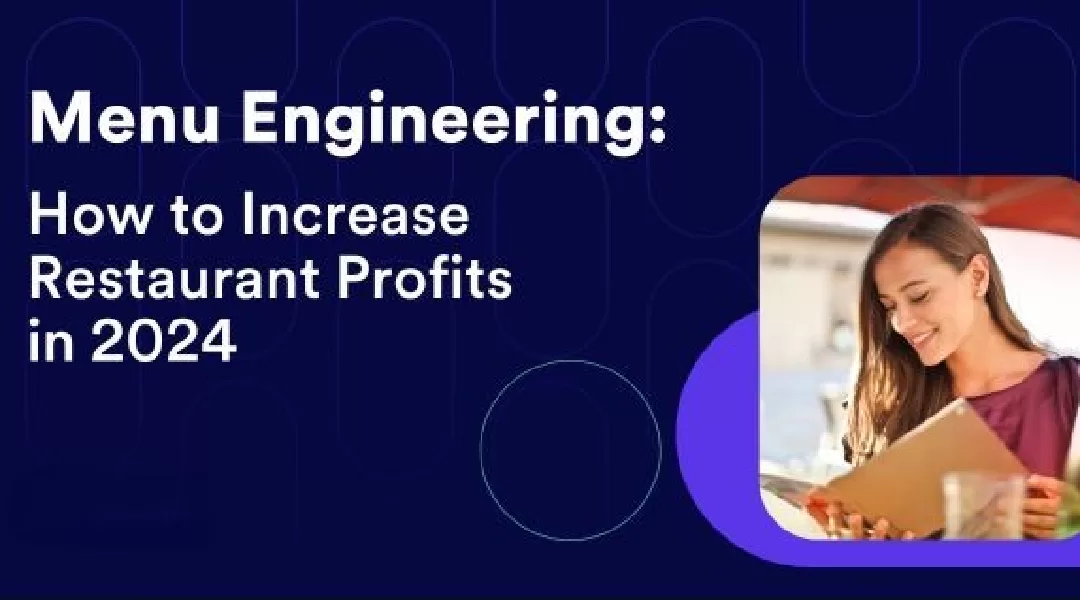
Leveraging Data Analytics for Menu Optimization in 2024 Awareness
In 2024, data analytics has become an indispensable tool for menu optimization, enabling restaurants to make informed decisions that enhance profitability and customer satisfaction. By harnessing the power of advanced analytics, restaurant consultants can provide deep insights into various aspects of menu performance and consumer behavior.
Sales Performance Analysis: Consultants utilize data analytics to dissect sales figures and understand which menu items are most and least popular. This involves tracking the frequency of orders, revenue generated, and profit margins for each dish. By identifying high-margin items (Stars) and low-performing items (Dogs), consultants can make strategic decisions about which items to promote, modify, or eliminate.
Customer Preference Insights: Analyzing customer behavior and feedback allows consultants to pinpoint trends and preferences. This includes understanding which ingredients, flavors, and dishes resonate most with customers. Additionally, demographic analysis helps tailor the menu to the preferences of different customer segments, enhancing overall appeal and satisfaction.
Cost and Waste Management: Data analytics provides insights into ingredient usage and waste patterns. Consultants use this information to recommend portion control measures, restaurant menu optimization optimize inventory management, and suggest cost-effective ingredient substitutions. This helps reduce food costs and waste, improving operational efficiency and profitability.
Menu Design and Pricing: By examining purchasing patterns and price sensitivity, consultants can design menus that maximize profitability. This includes implementing psychological pricing strategies, such as charm pricing (e.g., $9.99 instead of $10), and structuring menu items to encourage higher spending. Analytics also guide the optimal placement of high-margin items on the menu to attract customer attention.
Predictive Analytics: Predictive models forecast future trends and customer behaviors, allowing restaurants to proactively adapt their menus. For example, predicting seasonal trends or emerging dietary preferences can help restaurants stay ahead of the competition and meet evolving customer demands.
Operational Insights: Beyond menu items, data analytics can provide insights into overall restaurant menu optimization, such as peak dining times, staff efficiency, and table turnover rates. This comprehensive view helps optimize not just the menu, but the entire dining experience.
By leveraging data analytics, restaurant consultants empower establishments to refine their menus with precision, ensuring they meet market demands, enhance customer satisfaction, and achieve higher profitability in the competitive landscape of 2024.

Menu Design and Layout Optimization for Increased Sales
Restaurant menu optimization design and layout is essential for increasing sales in restaurants. By leveraging strategic placement, visual enhancements, and psychological principles, restaurant consultants can create menus that not only appeal to customers but also drive higher profitability.
Strategic Item Placement: High-margin items should be placed in prime locations, such as the top right corner or center of the menu, where customers’ eyes naturally gravitate first. This strategic placement ensures these dishes receive maximum visibility, encouraging customers to order them.
Logical Organization: A well-restaurant menu optimization organized menu with clear sections for appetizers, mains, desserts, and beverages guides customers smoothly through their dining choices. Logical flow helps customers navigate the menu easily, increasing the likelihood of them ordering more items.
Visual Enhancements: Utilizing bold fonts, boxes, and icons to highlight specials, chef’s recommendations, or new items draws attention to specific dishes. High-quality images of signature dishes or popular items can entice customers visually, making these dishes more appealing and tempting.
Descriptive Language: Crafting detailed and enticing descriptions that emphasize unique ingredients, preparation methods, and sensory appeal can significantly influence customer choices. Descriptions that evoke taste, texture, and aroma create an emotional connection, making dishes more desirable.
Menu Size and Format: A concise menu helps avoid overwhelming customers, making decision-making easier and quicker. Adequate spacing, readable fonts, and a clean layout ensure the menu is user-friendly, enhancing the overall dining experience.
Optimizing menu design and layout is essential for increasing sales in restaurants. By leveraging strategic placement, visual enhancements, and psychological principles, restaurant consultants can create menus that not only appeal to customers but also drive higher profitability.
Strategic Item Placement: High-margin items should be placed in prime locations, such as the top right corner or center of the menu, where customers’ eyes naturally gravitate first. This strategic placement ensures these dishes receive maximum visibility, encouraging customers to order them.
Logical Organization: A well-organized menu with clear sections for appetizers, mains, desserts, and beverages guides customers smoothly through their dining choices. Logical flow helps customers navigate the menu easily, increasing the likelihood of them ordering more items.
Visual Enhancements: Utilizing bold fonts, boxes, and icons to highlight specials, chef’s recommendations, or new items draws attention to specific dishes. High-quality images of signature dishes or popular items can entice customers visually, making these dishes more appealing and tempting.
Descriptive Language: Crafting detailed and enticing descriptions that emphasize unique ingredients, preparation methods, and sensory appeal can significantly influence customer choices. Descriptions that evoke taste, texture, and aroma create an emotional connection, making dishes more desirable.
Menu Size and Format: A concise menu helps avoid overwhelming customers, making decision-making easier and quicker. Adequate spacing, readable fonts, and a clean layout ensure the menu is user-friendly, enhancing the overall dining experience.
Price Anchoring: Placing high-priced items at the top of a section or restaurant menu optimization page can make other items appear more reasonably priced by comparison. This technique, known as price anchoring, encourages customers to spend more by creating a perceived value contrast.
Highlighting Specialties and Combos: Featuring house specialties or combo deals prominently can attract customers looking for unique experiences or value. Special sections for seasonal or limited-time offers create urgency and exclusivity, driving impulse purchases.
- **Psychological Pricing**: Implementing pricing strategies such as charm pricing (e.g., $9.99 instead of $10) can make prices seem lower and more attractive, subtly encouraging higher spending.
By incorporating these menu design and layout optimization strategies, restaurants can effectively influence customer behavior, enhance satisfaction, and drive increased sales. A well-crafted menu not only showcases the restaurant’s offerings but also acts as a powerful tool for maximizing profitability and ensuring a memorable dining experience.
Placing high-priced items at the top of a section or menu page can make other items appear more reasonably priced by comparison. This technique, known as price anchoring, encourages customers to spend more by creating a perceived value contrast.
Highlighting Specialties and Combos: Featuring house specialties or combo deals prominently can attract customers looking for unique experiences or value. Special sections for seasonal or limited-time offers create urgency and exclusivity, driving impulse purchases.
Psychological Pricing: Implementing pricing strategies such as charm pricing (e.g., $9.99 instead of $10) can make prices seem lower and more attractive, subtly encouraging higher spending.
By incorporating these menu design and layout optimization strategies, restaurants can effectively influence customer behavior, enhance satisfaction, and drive increased sales. A well-crafted menu not only showcases the restaurant’s offerings but also acts as a powerful tool for maximizing profitability and ensuring a memorable dining experience.
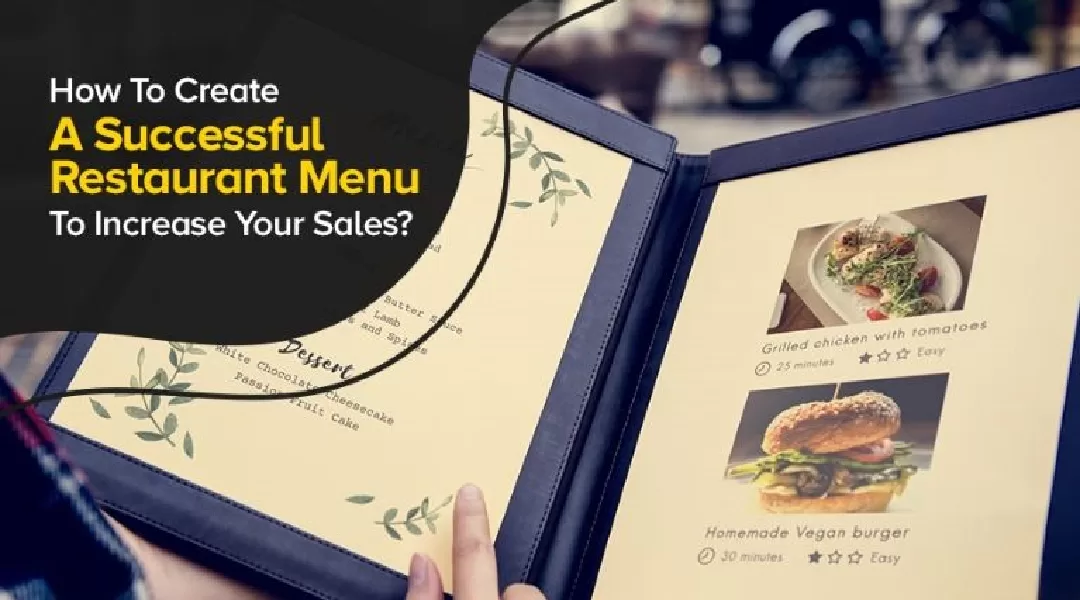
About Author sudeshna mukherjee
You May Also Like…
Food Licensing Requirements for Indian Restaurants and Cloud Kitchens: What You Need to Know
IntroductionFood industry is the fastest growing business in India. If you are interested in investing and opening a...

